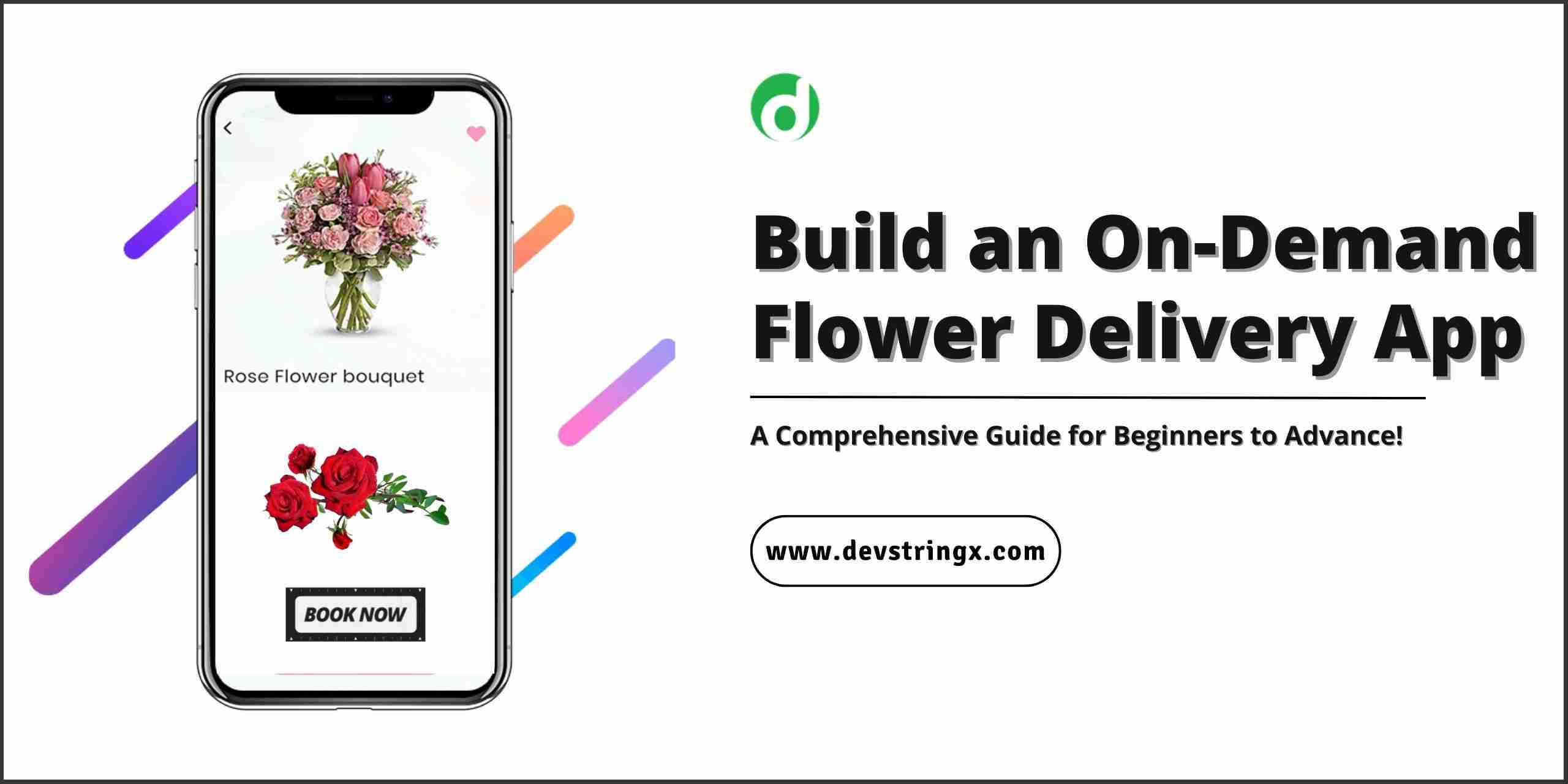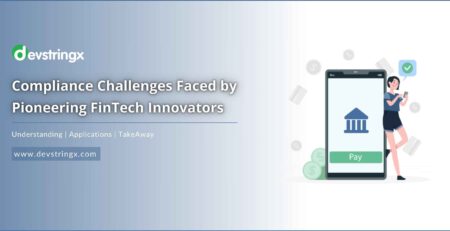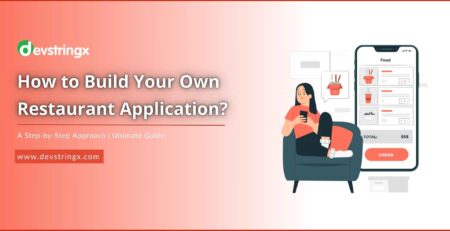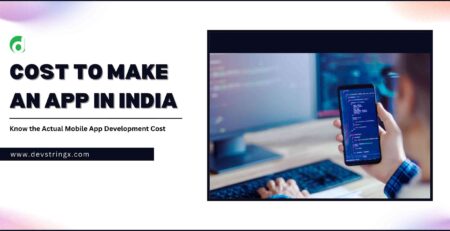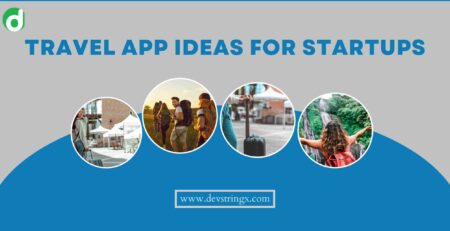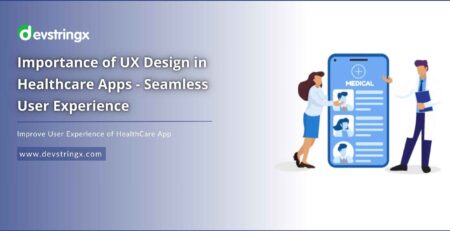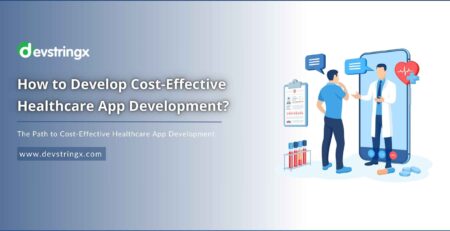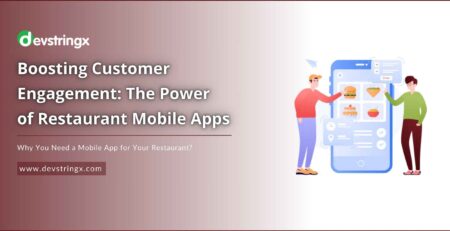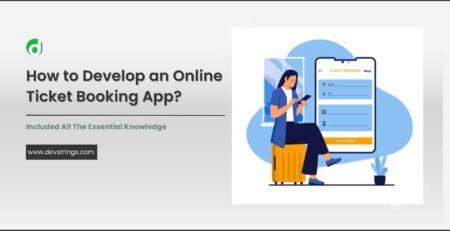How to Build an On-Demand Flower Delivery Application? – Devstringx
Build On-Demand Flower Delivery App
On-demand flower delivery apps have revolutionized the way people buy and send flowers. These apps have made it easier for customers to browse through a variety of flowers and floral arrangements, choose what they want, and have them delivered to their doorstep within a few hours. The convenience and accessibility of on-demand flower delivery apps have made them increasingly popular in recent years, as they allow customers to avoid the hassle of physically visiting a florist or flower shop.
Here we will discuss how these apps are changing the floral industry and what the future holds for on-demand flower delivery.
Market Research and Identifying the Target Audience
Market research is an important step in developing an on-demand flower delivery app as it helps to identify potential customers and their needs. Here are some steps to conduct market research and identify the target audience:
-
Conduct Online Research
Use search engines and social media platforms to search for similar apps and analyze their target audience. Check customer reviews, comments, and ratings to understand what people like and dislike about the app.
-
Identify Competitors
Research the competition and identify the features and services they offer. Analyze their customer base and pricing strategies.
-
Conduct Surveys
Conduct surveys among potential customers to identify their preferences, needs, and expectations from an on-demand flower delivery app. This will help you to understand the target audience’s demographics, behavior, and preferences.
-
Analyze Demographic Data
Analyze the demographic data to identify the age group, gender, and location of potential customers. This information will help to tailor the app’s features and services to meet the target audience’s needs.
-
Consider Psychographics
Consider the psychographics of potential customers, such as their interests, lifestyle, values, and attitudes. This information will help you to develop marketing strategies that resonate with the target audience. The target audience for an on-demand flower delivery app could be individuals who value convenience, quality, and personalization. They could be busy professionals, young couples, or individuals looking to send thoughtful gifts to their loved ones.
Additionally, the app could target customers who value sustainable and eco-friendly products and packaging.
Identifying the Features and Functionalities of the App
-
User-Friendly Interface
The app should have a simple and easy-to-use interface that allows users to quickly browse through flower options, select their preferred ones, and place an order.
-
Customizable Search Options
It should allow users to search for flowers based on various criteria such as occasion, color, type, price range, etc.
-
Delivery Options
The app should offer flexible delivery options such as same-day delivery, scheduled delivery, and express delivery.
-
Payment Options
The application should support multiple payment options such as credit/debit cards, online wallets, and cash on delivery.
-
Order Tracking
The app should provide real-time order tracking so that users can track the status of their orders.
-
Personalized Recommendations
The flower delivery app should use machine learning algorithms to analyze user preferences and offer personalized recommendations for flowers and arrangements.
-
Reviews and Ratings
The app should allow users to rate and review the flowers and services provided by the florists, to help other users make informed decisions.
-
Loyalty Program
It should offer a loyalty program that rewards users with points, discounts, and exclusive offers for their repeated purchases.
-
Social Media Integration
The app should allow users to share their purchases on social media platforms like Facebook, Instagram, and Twitter.
-
Customer Support
The app should provide excellent customer support through chat, email, or phone to help users with any issues or queries they may have.
Good to Read:- How Much Does It Cost to Develop a Travel App in 2023?
Hire a Development Team/Use a DIY App Builder & Design the UI and UX
Once the features and functionalities of the app have been identified, the next step is to design the user interface (UI) and user experience (UX) of the app. The UI is how the app looks, while the UX is how the app feels and functions for the user.
There are two options for developing the app: hiring a development team or using a DIY app builder. Hiring a development team will likely result in a more customized and polished app, but it can be expensive and time-consuming. Using a DIY app builder may be more cost-effective and faster, but may result in a less customized and more generic app.
Regardless of the development approach, it is important to have a clear and user-friendly UI and UX for the app. This can involve conducting user testing and incorporating feedback to ensure that the app is easy to navigate and use. It may be beneficial to hire a professional UI/UX designer to ensure the app is visually appealing and user-friendly.
Key Considerations for Designing the UI/UX of the App Include:
-
Simple and Intuitive Navigation
Users should be able to easily find what they are looking for and navigate the app with minimal effort.
-
Clear Calls to Action
Users should be prompted to take action (e.g., order flowers) through clear and concise calls to action.
-
Visual Appeal
The Application should be visually appealing and consistent with the brand identity.
-
Accessibility
The app should be accessible to users with disabilities, including features such as text-to-speech and high-contrast mode.
-
Performance
The app should be fast and responsive, with minimal lag or downtime.
Ultimately, the UI/UX design should prioritize the needs and preferences of the target audience to ensure the app is engaging and easy to use.
-
Hire a Development Team
If you decide to hire a development team, it’s important to do your research and find a reputable team with experience building similar apps. Look for a team that is skilled in mobile app development, has a good understanding of user experience design, and can provide references and case studies of previous work.
-
Using a DIY App Builder
If you choose to use a DIY app builder, there are many options available, such as Appy Pie, BuildFire, and AppMakr. These platforms offer drag-and-drop interfaces and pre-built templates, making it easier to create a basic app. However, keep in mind that the customization options may be limited, and you may need to pay for additional features or support.
-
Designing the User Interface & User Experience
The user interface (UI) and user experience (UX) are crucial components of any app. When designing your app, consider the needs and preferences of your target audience. The app should be easy to navigate, with clear labels and intuitive icons. It should also be visually appealing, with a consistent color scheme and font.
To create a great user experience, focus on making the app user-friendly and efficient, minimizing the number of clicks or steps needed to complete a task. Consider conducting user testing to get feedback on the app’s design and functionality.
Integrate Payment Gateways & Delivery Logistics
Integrating payment gateways and delivery logistics is a crucial aspect of developing an on-demand flower delivery app. The payment gateway integration ensures that users can easily pay for their orders securely through multiple payment options, including credit/debit cards, net banking, or mobile wallets. The app should also integrate with popular logistics providers to enable efficient delivery management, order tracking, and real-time updates on the delivery status. The integration of these functionalities requires expertise and experience in app development and logistics, and it’s important to hire a team with the necessary skills to ensure the app’s success.
Launching the App & Marketing it to the Target Audience
After the development and testing phases, the on-demand flower delivery app is ready to be launched in the market. Before the launch, it is important to plan a marketing strategy to reach the target audience. Marketing can be done through various channels, such as social media, email marketing, influencer marketing, and paid advertising.
To ensure a successful launch, it is important to create a buzz about the app before its release. This can be done by running teaser campaigns, offering pre-launch discounts or promotions, and engaging with potential customers on social media. It is also important to leverage the network of florists and partners to spread the word about the app and encourage them to recommend it to their customers.
Once the app is launched, it is important to continue marketing efforts to increase visibility and attract new users. This can be done through app store optimization (ASO) techniques, such as optimizing the app title, description, and keywords, and encouraging users to leave reviews and ratings. Regular social media and email marketing campaigns can also help to keep users engaged and interested in the app.
Good to Read:- Develop an Online Ticket Booking System at Low Cost
Managing The App and Collecting Feedback
Once the app is launched, it is important to regularly manage it and collect feedback from users. This includes ensuring that the app is functioning properly, fixing any bugs or glitches that arise, and continuously updating and improving the app’s features and functionalities. It is also important to engage with users and respond to their feedback and concerns promptly.
Collecting feedback from users can be done through in-app surveys or feedback forms, as well as through social media or email communication. This feedback should be analyzed and used to inform future updates and improvements to the app.
In addition to user feedback, it is important to monitor app usage metrics and analytics to identify areas for improvement and track the success of the app. This includes monitoring user engagement, retention rates, and conversion rates.
Overall, managing the app and collecting feedback is an ongoing process that requires constant attention and dedication to ensure the app remains relevant and useful to its users.
Testing the Flower Delivery App and Fixing Any Bugs
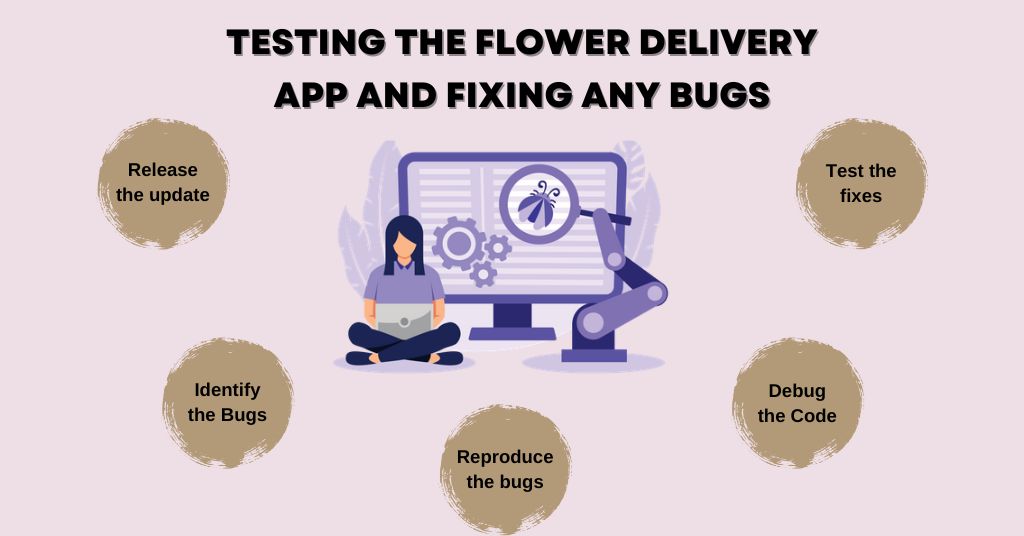
-
Identify the Bugs
Before you can fix any bugs, you need to identify them. You can do this by testing your app thoroughly and looking for any issues or errors that occur.
-
Reproduce the Bugs
Once you’ve identified a bug, you need to be able to reproduce it consistently. This will help you isolate the cause of the bug and test any fixes you make.
-
Debug the Code
Once you’ve identified the cause of the bug, you need to debug the code to fix it. This might involve adding new code, modifying existing code, or removing code altogether.
-
Test the Fixes
After you’ve made changes to the code, you need to test your app again to make sure the bug has been fixed and that no new bugs have been introduced.
-
Release the Update
Once you’re confident that the bug has been fixed and that the app is working properly, you can release the update to your users.
Specific Testing Techniques You Might Use:
- Testing the app on a variety of devices and platforms (e.g. iOS and Android)
- Simulating different network conditions (e.g. slow or unreliable internet connections)
- Using automated testing tools to test the app’s functionality and performance
- Performing manual testing to simulate user interactions and identify issues that might not be caught by automated testing
Remember that testing and debugging can be time-consuming and complex processes, but they’re essential for ensuring that your app is reliable and user-friendly. If you’re not confident in your ability to test and debug your app yourself, you may want to consider hiring a professional software developer or testing specialist to help you.
Conclusion
In conclusion, on-demand flower delivery apps have transformed the way people buy and send flowers, providing customers with convenience, accessibility, and quality. To build an on-demand flower delivery app, it is important to conduct market research to identify the target audience and their needs, as well as to identify the features and functionalities that will make the app popular among users.
These features include a user-friendly interface, customizable search options, flexible delivery options, multiple payment options, personalized recommendations, reviews and ratings, loyalty programs, social media integration, and excellent customer support.
Are you planning to bring your app development idea into your life? Feel free to check out the list of top 10 mobile app development companies in Noida, India.

